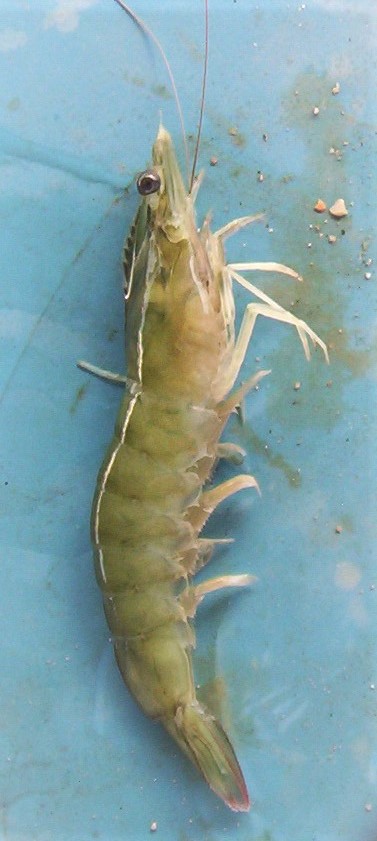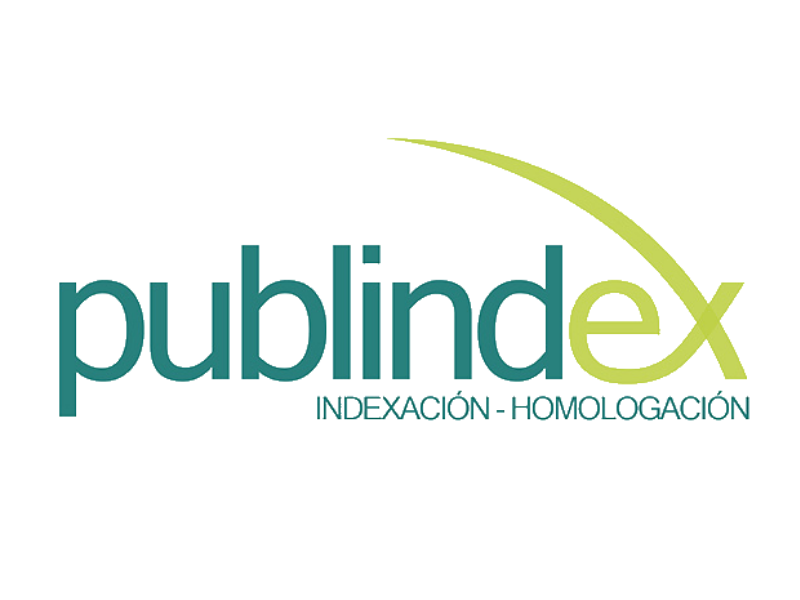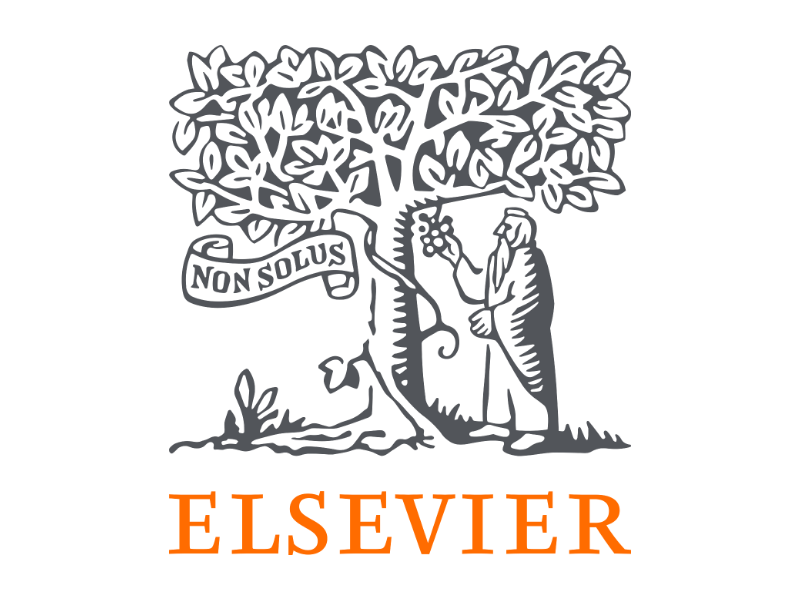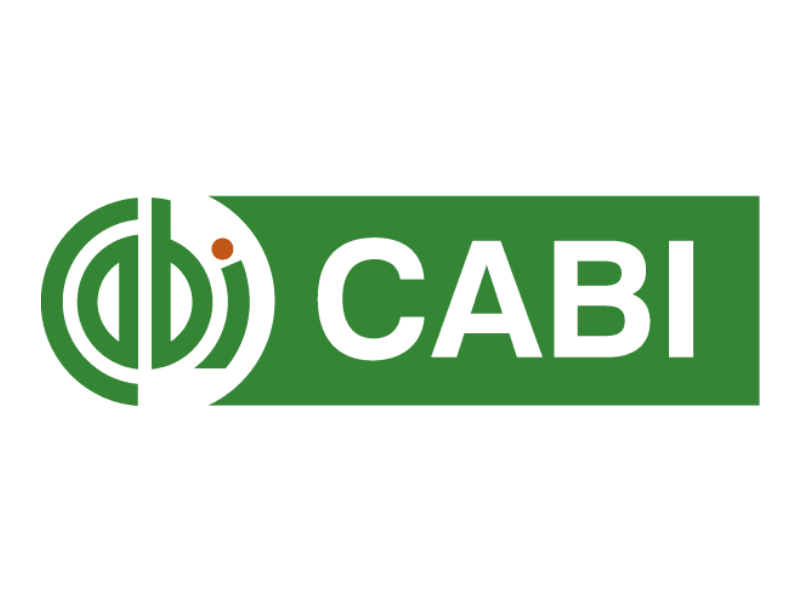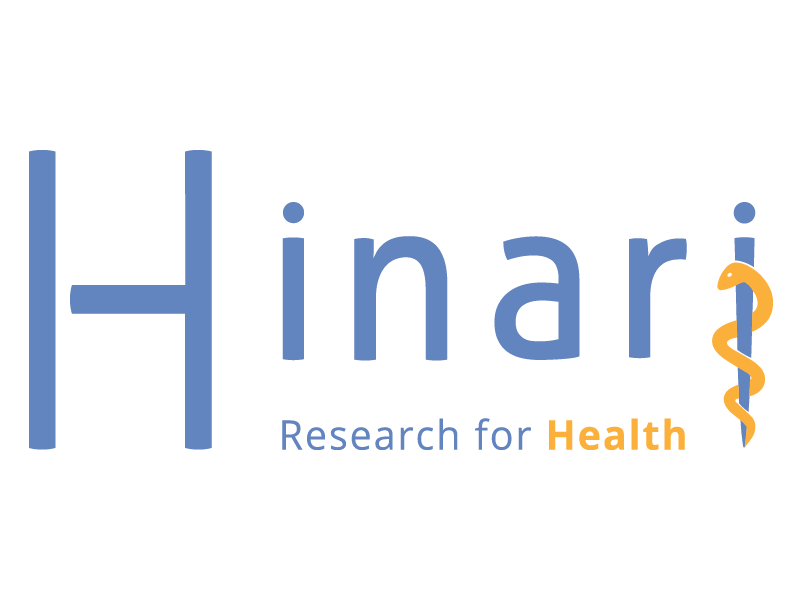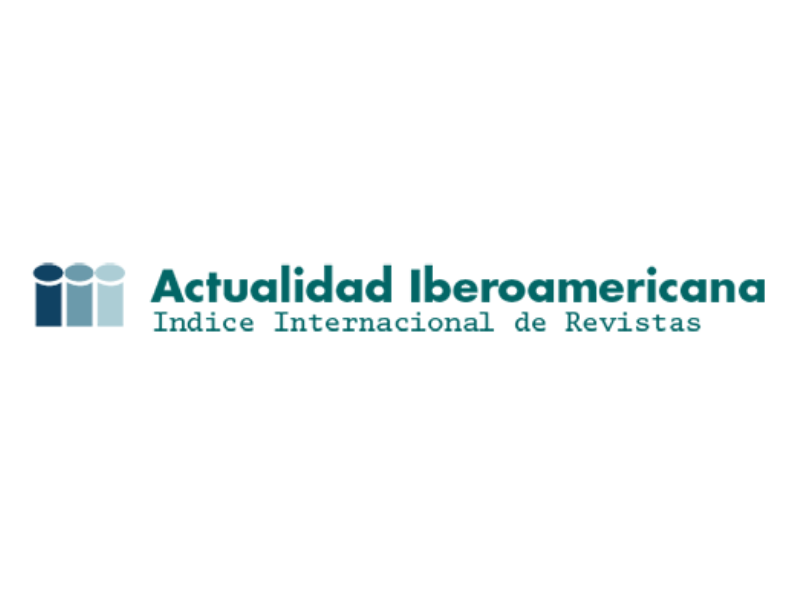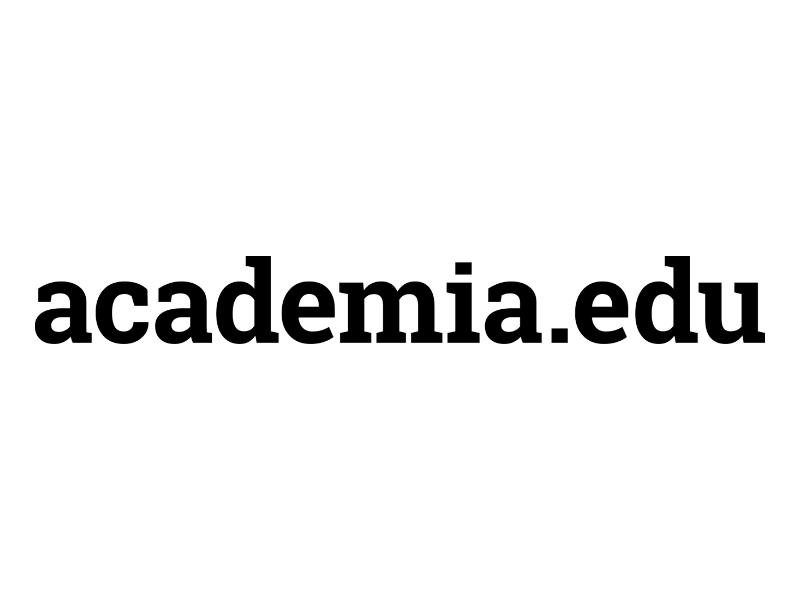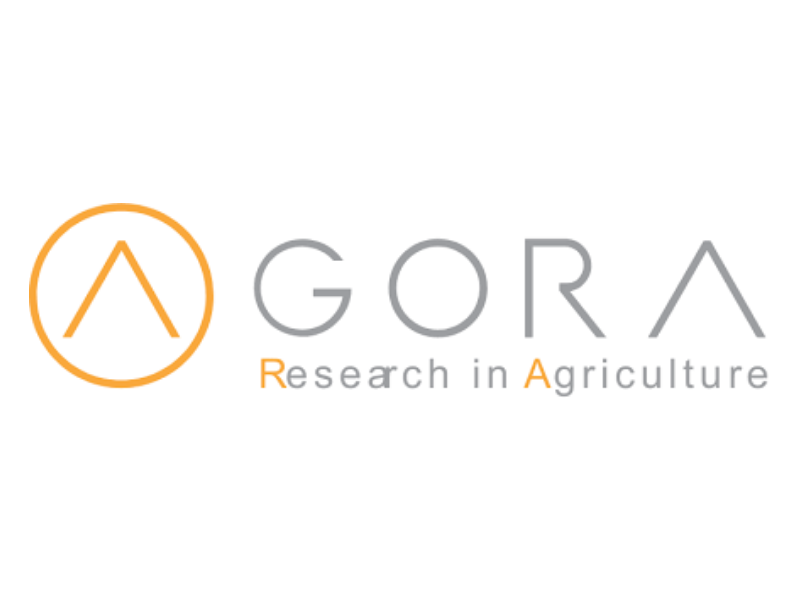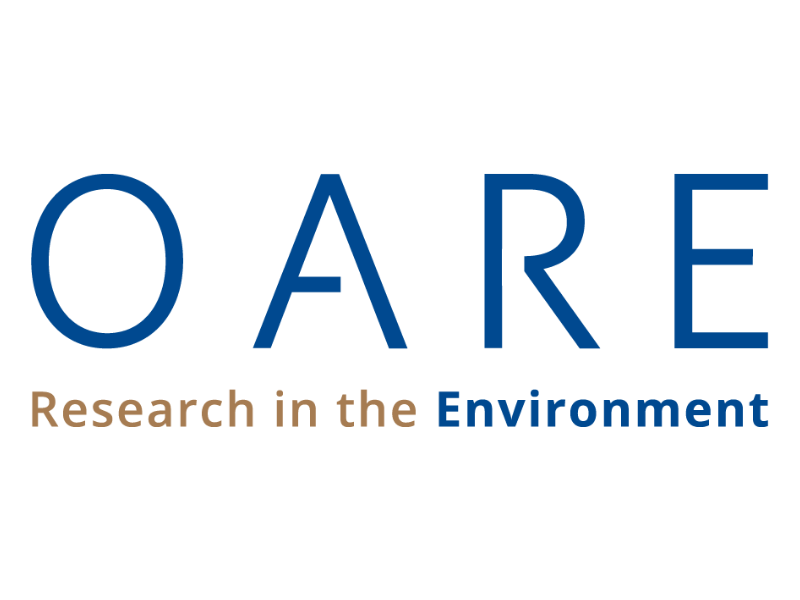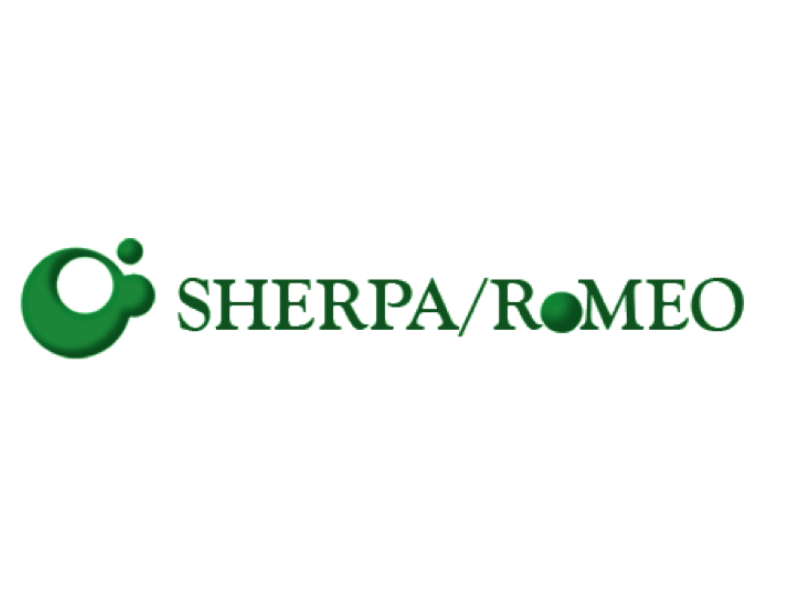
Esta obra está bajo una licencia internacional Creative Commons Atribución-NoComercial-CompartirIgual 4.0.
Mostrar biografía de los autores
La acuacultura de camarón es una industria que usa harina de pescado en las dietas, el cual es un ingrediente difícil de obtener a bajo costo y es cada vez más escaso. Es importante encontrar estrategias que ayuden a la nutrición del camarón mediante el uso de ingredientes alternativos que reemplacen o complementen a la harina de pescado y ayuden a desarrollar una industria más amigable para el medio ambiente. Las levaduras se pueden añadir a las dietas para los organismos acuáticos y son un producto microbiano generado por sistemas biotecnológicos o un subproducto de las industrias agroalimentarias. Este estudio determinó el uso potencial de levaduras activas (Candida insectorum, C. parapsilosis, C. sake, C. utilis, Debaryomyces hansenii, Rhodosporidium paludigenum, Saccharomyces cerevisiae, Schizosaccharomyces pombe, y Yarrowia lipolytica) en camarones juveniles y postlarvas de Litopenaeus schmitt, Fenneropenaeus indicus y L. vannamei. Los resultados muestran que las levaduras activas pueden ser empleadas a diferentes dosis como un sustituto parcial de la harina de pescado y/o harina de soya e incorporarse a dietas de camarones juveniles o usarse directamente en dietas para postlarvas. Sin embargo, es necesario realizar estudios que determinen las estrategias más eficientes para que la levadura activa sea ingerida por el camarón.
Visitas del artículo 438 | Visitas PDF
Descargas
- FAO. El estado mundial de la pesca y la acuacultura 2020. La sostenibilidad en acción. Roma; 2020. https://doi.org/10.4060/ca9229es
- Arreguín-Sánchez F, Arcos-Huitrón E. Fishing in Mexico: state of exploitation and use of ecosystems. Hidrobiológica. 2011; 21(3):431-462.
- Perez-Castañeda R, Sánchez-Martinez JG, Aguirre-Guzman G, Rabago-Castro JL, Vazquez-Sauceda ML. Interaction of fisheries and aquaculture in the production of marine resources: advances and perspectives in Mexico. Finkl CW, Makowski C. (eds.). Environmental Management and Governance: Advances in Coastal and Marine Resources, Coastal Research Library 8, Springer International Publishing Switzerland; 2014. https://doi.org/10.1007/978-3-319-06305-8_5
- Pahlow M, Oel PRV, Mekkonen MM, Hoekstra AY. Increasing pressure on freshwater resources due to terrestrial feed ingredients for aquaculture production. Sci Total Environ. 2015; 536:847-857. https://doi.org/10.1016/j.scitotenv.2015.07.124
- Jin M, Xiong J, Zhou Q, Yuan Y, Wang X, et al. Dietary yeast hydrolysate and brewer’s yeast supplementation could enhance growth performance, innate immunity capacity and ammonia nitrogen stress resistance ability of Pacific white shrimp (Litopenaeus vannamei). Fish Shellfish Immunol. 2018; 82:121-129. https://doi.org/10.1016/j.fsi.2018.08.020
- Guo J, Qiu X, Salze G, Davis DA. Use of high-protein brewer’s yeast products in practical diets for the Pacific white shrimp Litopenaeus vannamei. Aquac Nut. 2019; 25(6):680-690. https://doi.org/10.1111/anu.12889
- Ayiku S, Shen J, Tan BP, Dong X-H, Liu H-Y. Effects of reducing dietary fishmeal with yeast supplementations on Litopenaeus vannamei growth, immune response and disease resistance against Vibrio harveyi. Microbiol Res. 2020; 239:126554. https://doi.org/10.1016/j.micres.2020.126554
- Ceseña CE, Vega-Villasante F, Aguirre-Guzman G, Luna-González A, Campa-Córdova AI. Update on the use of yeast in shrimp aquaculture: a minireview. Int Aquat Res. 2021; 13:1-16 https://doi.org/10.22034/IAR.2021.1904524.1066
- Zhao L, Wang W, Huang X, Guo T, Wen W, et al. The effect of replacement of fishmeal by yeast extract on the digestibility, growth and muscle composition of the shrimp Litopenaeus vannamei. Aqua Res. 2017; 48(1):311-320. https://doi.org/10.1111/are.12883
- Qiu X, Nguyen L, Davis DA. Apparent digestibility of animal, plant and microbial ingredients for Pacific white shrimp Litopenaeus vannamei. Aquac Nut. 2018; 24(3):930–939. https://doi.org/10.1111/anu.12629
- Zheng L, Xie S, Zhuang Z, Liu Y, Tian L, et al. Effects of yeast and yeast extract on growth performance, antioxidant ability and intestinal microbiota of juvenile Pacific white shrimp (Litopenaeus vannamei). Aquac. 2021; 530:735941. https://doi.org/10.1016/j.aquaculture.2020.735941
- Boekhout T, Amend AS, Baidouri FE, Gabaldón T, Geml J, et al. Trends in yeast diversity Discovery. Fungal Diversity. 2022; 114:491–537. https://doi.org/10.1007/s13225-021-00494-6
- Sarkar A, Bhaskara-Rao KV. Marine yeast: a potential candidate for biotechnological applications- a review. Asian J Microbiol Biotechnol Environ Sci. 2016; 18(3):627-634.
- Gamboa-Delgado J, Fernández-Díaz B, Nieto-López M, Cruz-Suárez LE. Nutritional contribution of torula yeast and fishmeal to the growth of shrimp Litopenaeus vannamei as indicated by natural nitrogen stable isotopes. Aquac. 2016; 453(20):116–121. https://doi.org/10.1016/j.aquaculture.2015.11.026
- Álvarez-Sánchez AR, Nolasco-Soria H, Peña-Rodríguez A., Mejía-Ruíz H. In vitro digestibility of Yarrowia lipolytica yeast and growth performance in whiteleg shrimp Litopenaeus vannamei. Turk J Fish Aquat Sci. 2018; 18(3):395-404. https://doi.org/10.4194/1303-2712-v18_3_05
- Biswas G, Korenaga H, Nagamine R, Kono T, Shimokawa H, et al. Immune stimulant effects of a nucleotide-rich baker’s yeast extract in the kuruma shrimp, Marsupenaeus japonicus. Aquac. 2012; 366–367:40–45. https://doi.org/10.1016/j.aquaculture.2012.09.001
- Babu DT, Antony SP, Joseph SP, Bright AR, Philip R. Marine yeast Candida aquaetextoris S527 as a potential immunostimulant in black tiger shrimp Penaeus monodon. J Inverte Pathol. 2013; 112(3):243–252. https://doi.org/10.1016/j.jip.2012.12.002
- Sajeevan TP, Philip R, Singh IB. Dose/frequency: a critical factor in the administration of glucan as immunostimulant to Indian white shrimp Fenneropenaeus indicus. Aquac. 2009a; 287(3-4):248–252. https://doi.org/10.1016/j.aquaculture.2008.10.045
- Sajeevan TP, Lowman DW, Williams DL, Selven S, Anas A, et al. Marine yeast diet confers better protection than its cell wall component (1-3)-β-D-glucan as an immunostimulant in Fenneropenaeus indicus. Aqua Res. 2009; 40(15):1723-1730. https://doi.org/10.1111/j.1365-2109.2009.02275.x
- Deng D, Mei C, Mai K, Tan BP, Ai Q, et al. Effects of a yeast-based additive on growth and immune responses of white shrimp, Litopenaeus vannamei (Boone, 1931) and aquaculture environment. Aquac Res. 2013; 44(9):1348–1357. https://doi.org/10.1111/j.1365-2109.2012.03139.x
- Bai N, Gu M, Zhang W, Xu W, Mai K. Effects of β-glucan derivatives on the immunity of white shrimp Litopenaeus vannamei and its resistance against white spot syndrome virus infection. Aquac. 2014; 426-427:66–73. https://doi.org/10.1016/j.aquaculture.2014.01.019
- Sang HM, Kien NT, Thanh NT. Effects of dietary mannan oligosaccharide on growth, survival, physiological, immunological and gut morphological conditions of black tiger prawn (Penaeus monodon Fabricius 1798). Aquacult Nutr. 2014; 20(3):341–348. https://doi.org/10.1111/anu.12083
- Neto HS, Nunes AJP. Performance and immunological resistance of Litopenaeus vannamei fed a β-1, 3/1, 6-glucan supplemented diet after per os challenge with the infectious myonecrosis virus (IMNV). Rev Bas Zootec. 2015; 44(5):165–173. https://doi.org/10.1590/S1806-92902015000500001
- Wilson W, Lowman D, Antony SP., Puthumana J, Singh IS, et al. Immune gene expression profile of Penaeus monodon in response to marine yeast glucan application and white spot syndrome virus challenge. Fish Shellfish Immunol. 2015; 43(6):346-356. https://doi.org/10.1016/j.fsi.2014.12.032
- Gyan WR, Ayiku S, Yang Q, Asumah J. Effects of yeast antimicrobial peptide in aquaculture. J Fish Aquac Dev. 2019; 6:1048 https://doi.org/10.29011/2577- 1493.101048
- Sarlin PJ, Philip R. Efficacy of marine yeasts and baker´s yeast as immunostimulant in Fenneropenaeus indicus: A comparative study. Aquac. 2011; 321:173-178. https://doi.org/10.1016/j.aquaculture.2011.08.039
- Swathi J, Narendra K, Sowjanya KM, Satya AK. Marine fungal metabolites as a rich source of bioactive compounds. Afr J Biochem Res. 2013; 7(10):184-196. https://doi.org/10.5897/AJBR12.068
- Øverland M, Skrede A. Yeast derived from lignocellulosic biomass as a sustainable feed resource for use in aquaculture. J Sci Food Agric. 2016; 97(3):733-742. https://doi.org/10.1002/jsfa.8007
- Hommel RK. Candida introduction. Batt CA, Tortorello ML (ed) Encyclopedia of Food Microbiology (Second Edition). Academic Press; 2014. https://doi.org/10.1016/B978-0-12-384730-0.00055-0
- García-Galano T, Carrillo-Farnés O. Nutrition of the white shrimp, Litopenaeus schmitti Burkenroad: 25 years of scientific investigation. Rev Invest Mar. 2015; 35(2):24-40. http://hdl.handle.net/1834/9076
- Apún-Molina JP, Santamaría-Miranda A, Luna-González A, Ibarra-Gámez JC., Medina-Alcantar V, et al. Growth and metabolic responses of whiteleg shrimp Litopenaeus vannamei and Nile tilapia Oreochromis niloticus in polyculture fed with potential probiotic microorganisms on different schedules. Lat Am J Aquat Res. 2015; 43(3):435-445. https://doi.org/10.3856/vol43-issue3-fulltext-5
- Sarlin PJ, Philip R. Marine yeasts as feed supplement for Indian white prawn Fenneropenaeus indicus: screening and testing the efficacy. Int J Curr Microbiol Appl Sci. 2016; 5(1):55-70. https://doi.org/10.20546/ijcmas.2016.501.005
- Pham D, Ansquer D., Chevalier A, Dauga C, Peyramale A, et al. Selection and characterization of potential probiotic bacteria for Litopenaeus stylirostris shrimp hatcheries in New Caledonia. Aquac. 2014; 432:475–482. https://doi.org/10.1016/j.aquaculture.2014.04.031
- Campa-Córdova AI, Morales-Cristobal Y, Guzmán-Murillo MA, Aguirre-Guzman G. Productive response and circulating haemocytes in juvenile shrimp Litopenaeus vannamei, fed with probiotic mixtures. Revista de Biología Marina y Oceanografía. 2020; 55(1) 73-78 htps://doi.org/https://doi.org/10.22370/rbmo.2020.55.1.2394
- Vidya G, Vinusha B, Vijaya Ch. Efficacy of the marine yeast Debaryomyces hansenii on growth of the shrimp Litopenaeus vannamei. Int J Res Appl Sci Eng Technol. 2017; 5(IX):1545-1547. https://doi.org/10.22214/ijraset.2017.9225
- Yang SP, Wu ZH, Jian J., Zhang XZ. Effect of marine red yeast Rhodosporidium paludigenum on growth and antioxidant competence of Litopenaeus vannamei. Aquac. 2010; 309(1-4):62–65. https://doi.org/10.1016/j.aquaculture.2010.09.032
- Achupallas JM Zhou Y., Davis DA. Pond production of Pacific white shrimp, Litopenaeus vannamei, fed grain distillers dried yeast. Aquac Nut. 2016; 22:1222–1229. https://doi.org/10.1111/anu.12359
- Achupallas JM, Zhou Y, Davis DA. Use of grain distillers dried yeast in practical diets for juvenile pacific white shrimp, Litopenaeus vannamei. J World Aquac Soc. 2016; 47(2):220-229 https://doi.org/10.1111/jwas.12267
- Sharawy Z, Goda AMAS, Hassaan MS. Partial or total replacement of fishmeal by solid state fermented soybean meal with Saccharomyces cerevisiae in diets for Indian prawn shrimp, Fenneropenaeus indicus, postlarvae. Anim Feed Sci Technol. 2016; 212:90–99. https://doi.org/10.1016/j.anifeedsci.2015.12.009
- Qiu X, Davis DA. Evaluation of flash dried yeast as a nutritional supplement in plant-based practical diets for Pacific white shrimp Litopenaeus vannamei. Aquac Nutr. 2017; 23:1244–1253. https://doi.org/10.1111/anu.12499
- Qiu X. Alternative ingredients in practical diets for Pacific white shrimp (Litopenaeus vannamei). [Doctoral thesis of Fisheries and Allied Aquacultures], Alabama, Unites States of America: Auburn University; 2017. http://hdl.handle.net/10415/5729
- Wrent P, Rivas EM, Gil de Prado E, Peinado JM, de Silóniz MI. Debaryomyces. In: Batt CA, Tortorello ML (ed) Encyclopedia of Food Microbiology (Second Edition). Academic Press; 2014. https://doi.org/10.1016/B978-0-12-384730-0.00081-1
- Sampaio JP. Rhodosporidium. In: Kurtzman CP, Fell JW, Boekhout T. (ed). The yeast, a taxonomy study. Elsevier Science; 2011. https://doi.org/10.1016/B978-0-444-52149-1.00127-0
- Alsammar H, Delneri D. An update on the diversity, ecology and biogeography of the Saccharomyces genus. FEMS Yeast Res. 2020; 20(3):foaa013 https://doi.org/10.1093/femsyr/foaa013
- Wasielesky W, Atwood H, Stokes A, Browdy CL. Effect of natural Emerenciano MGC, Rombenso AN, Vieira FDN, Martins MA, Coman GJ et al. Intensification of penaeid shrimp culture: an applied review of advances in production systems, nutrition and breeding. Anim. 2022; 12:236-275. https://doi.org/ 10.3390/ani12030236
- BryschHerzberg M, GuoSong J, Seidel M, Assali I, LiLin D. Insights into the ecology of Schizosaccharomyces species in natural and artificial habitats. Antonie van Leeuwenhoek. 2022; 115:661–695. https://doi.org/10.1007/s10482-022-01720-0
- Solorzano-Reyes F, Velásquez-López PC. Absorption efficiency in post-larvae of the shrimp Litopenaeus vannamei fed a diet of marine yeast from mangrove mudflats. Bul Mar Coast Res. 2021; 50(2):73-90. https://doi.org/10.25268/bimc.invemar.2021.50.2.1012
- Sutherland JB, Cornelison C, Crow SA. CANDIDA, Yarrowia lipolytica (Candida lipolytica). In: Batt CA, Tortorello ML (ed) Encyclopedia of Food Microbiology (Second Edition). Academic Press; 2014. https://doi.org/10.1016/B978-0-12-384730-0.00056-2
- Patsios SA Dedousi A., Sossidou EN, Zdragas A. Sustainable animal feed protein through the cultivation of Yarrowia lipolytica on agro-industrial wastes and by-products. Review. MDPI Sustainability. 2020; 12(4):1398. https://doi.org/10.3390/su12041398
- Guardiola FA, Esteban MA, Angulo C. Yarrowia lipolytica, health benefits for animals. Appl Microbiol Biotechnol. 2021; 105(20):7577-7592. https://doi.org/10.1007/s00253-021-11584-5
- Méndez-Martínez Y, Yamasaki-Granados S García-Guerrero MU, Martinez-Cordova LR. Effect of dietary protein content on growth rate, survival and body composition of juvenile cauque river prawn, Macrobrachium americanum (Bate, 1868). Aquac Res. 2017; 48:741-751. https://doi.org/10.1111/are.13193
- Guo J, Guo B, Zhang H, Xu W, Zhang W, et al. Effects of nucleotides on growth performance, immune response, disease resistance and intestinal morphology in shrimp Litopenaeus vannamei fed with a low fishmeal diet. Aquac Int, 2016; 24(4):1007–1023. https://doi.org/10.1007/s10499-015-9967-7
